Iran’s heavily subsidized petrol, priced at $0.03 per liter, poses a challenge as demand surpasses refining capacity, the Financial Times reported. Moreover, as Iran competes with Libya and Venezuela for the world’s cheapest petrol, it is tapping its strategic reserves and importing fuel due to rising demand. President Raisi’s government faces economic struggles amid US sanctions and fears of public backlash. Mounting pressure to raise prices clashes with past protests and reluctance to address subsidies. With consumption rising and imports costly, sustainability concerns arise. Iranians accustomed to ultra-cheap petrol question the government’s dilemma as officials weigh economic and political factors.
Moreover, the Iranian government will have to do more to manage the expectations of its public, especially after a 20% percent increase in petrol consumption domestically. Additionally, the public has been withstanding the brunt of economic sanctions and domestic instability for years resulting in protests demanding increased access to civil liberties, which was met by the violent suppression of protestors. The most recent unrest took place on September 16, 2022, after government officials murdered a woman for what they deemed an improper dress code.
With the recent and ongoing turmoil socially and economically, the Iranian government will have to invest in cultural shifts to mitigate the expectations of its population regarding decreased support for petrol subsidies. This will most likely require compromise on the part of the government such as giving the public access to more rights to cushion the brunt of the country’s dire economic circumstances.
Beyond Iran, the recent war in Ukraine has thrown the global energy markets into an on-and-off frenzy when it comes to supply and demand. Even countries with sufficient energy reserves are wrestling with balancing the increased domestic and international demand from this global volatility resulting in increased prices and supply-chain disruptions.



